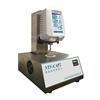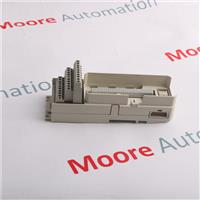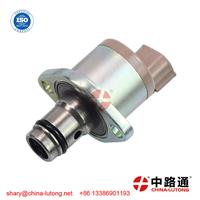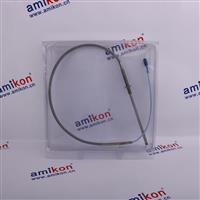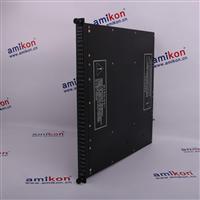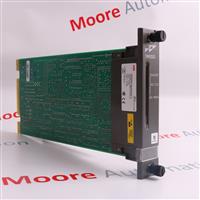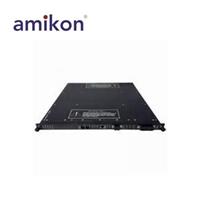The main feature of the cone-plate viscometer is that the dosage is small, only about 1ml; the viscosity can be measured, the viscosity of the water can be measured; the programmable automatic detection and printout; the instrument can be connected to the computer, through the blood rheology workstation software by WINDOWS Platform operation, complete a series of blood rheology indicators, such as: whole blood apparent viscosity, shear stress, shear rate, Carson curve.
The cone-plate viscometer mainly comprises a flat plate and a cone plate. The motor drives the flat plate to rotate at a constant speed through the shifting gear. The capillary is pressed to keep the sample to be tested between the two plates, and the cone plate rotates by the friction between the molecules of the sample. Under the action of the torsion spring in the torque detector, the cone plate does not rotate after being rotated by a certain angle. At this time, the torque applied by the torsion spring is related to the intramolecular friction (ie, viscosity) of the sample to be tested: the greater the viscosity of the sample, the greater the torque. A torque capacitor is provided in the torque detector, and the moving piece rotates with the cone plate to change its own capacitance value. This change in capacitance reflects the torsion spring torque which is the viscosity of the sample being tested.
Cone-plate viscometer measurement method: The glass tube containing the sample is placed in a heater, the resin is heated to a predetermined experimental temperature, and the steel rotor for measuring viscosity is inserted into the resin, and the start-up viscometer is operated and timed by the rotor. When the viscosity of the heated resin sample begins to increase sharply, the elapsed time is the gel time of the sample at that temperature.
Cone-plate viscometers have become standard instruments used in rheological tests of non-Newtonian materials such as paints, inks, varnishes, resins, dispersants, ink cosmetics and pharmaceuticals. The viscosity of these materials all depend on the shear rate. The high-precision wear-resistant vertebra of the cone-plate viscometer can simulate the real shear force at high speed under controlled temperature. The bottom plate of the viscometer is temperature controlled to measure the temperature characteristics of the viscosity of the coating.
Source:****




